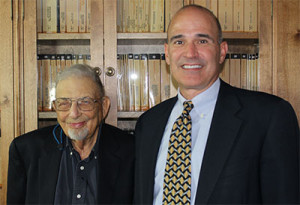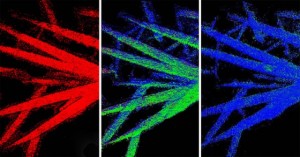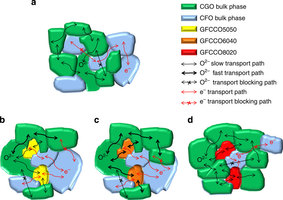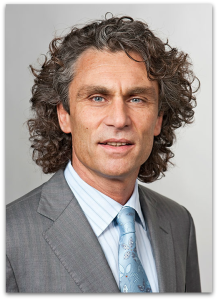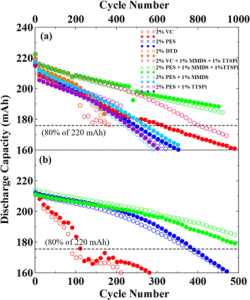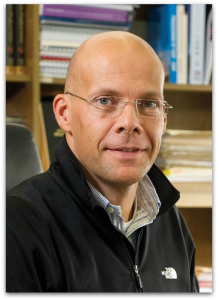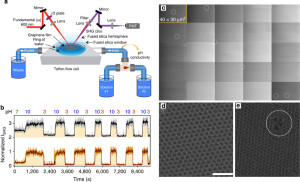We have some very sad news. Long time ECS member, Dr. Alvin Salkind has died. He joined The Electrochemical Society in 1953 and continued as a member in good standing for more than 62 years.
This message from his family:
Dear ECS Society members,
We are sad to let you know that our father, Dr. Alvin J. Salkind, a fellow of the Electrochemical Society, passed away on Tuesday at the age of 87. Funeral services will be on Friday, June 12 at 10am at the Mather-Hodge Funeral Home, 40 Vandeventer Ave., Princeton NJ 08542. All are welcome to join us to celebrate his life and career.
James and Susanne
The first thing you need to know is that Dr. Salkind literally wrote the books on electrochemistry and alkaline batteries: Techniques of Electrochemistry Vol 1-3 with Ernest Yeager and Alkaline Storage Batteries with S. Uno Falk.
The ECS Digital Library will give you an idea of how important he was.
To say he was a friend of the Society is an understatement. He lived near the home office and made frequent visits. The picture above is from his latest visit. He was just here May 19th so Roque Calvo, ECS Executive Director, could interview him on video about his life (we’ll have that video soon). He was a pleasure and had lots of great stories.
Below is just a little from notes we gathered from the research we dug up from various sources about Dr. Salkind as we planned for the video interview:


